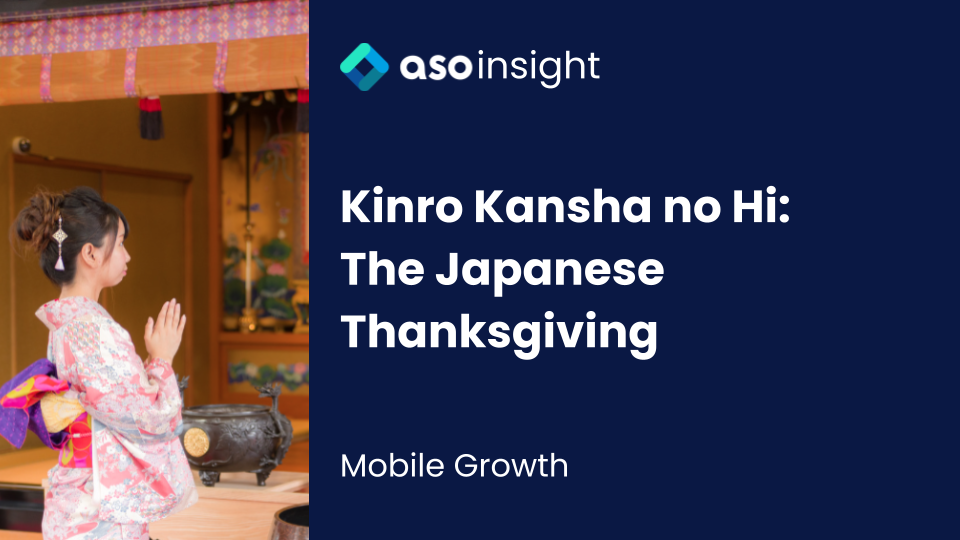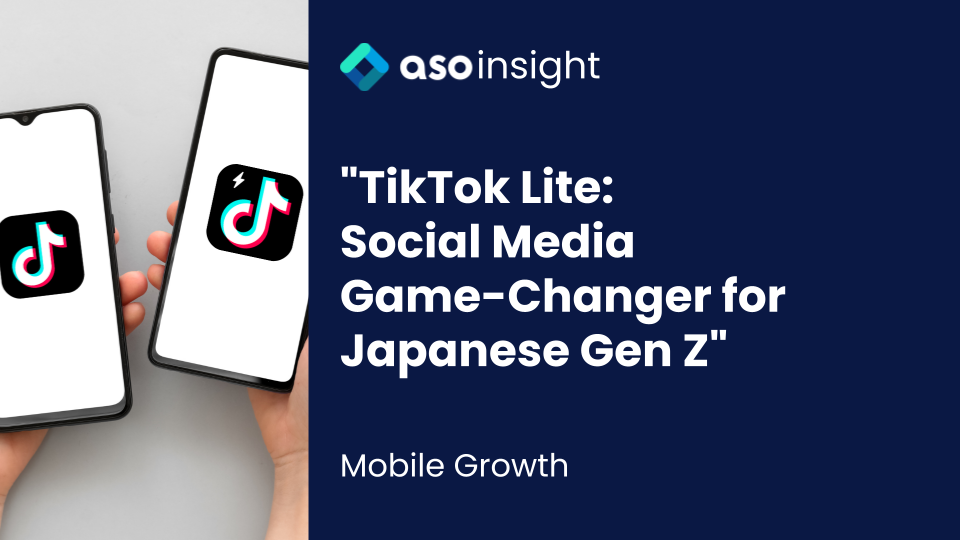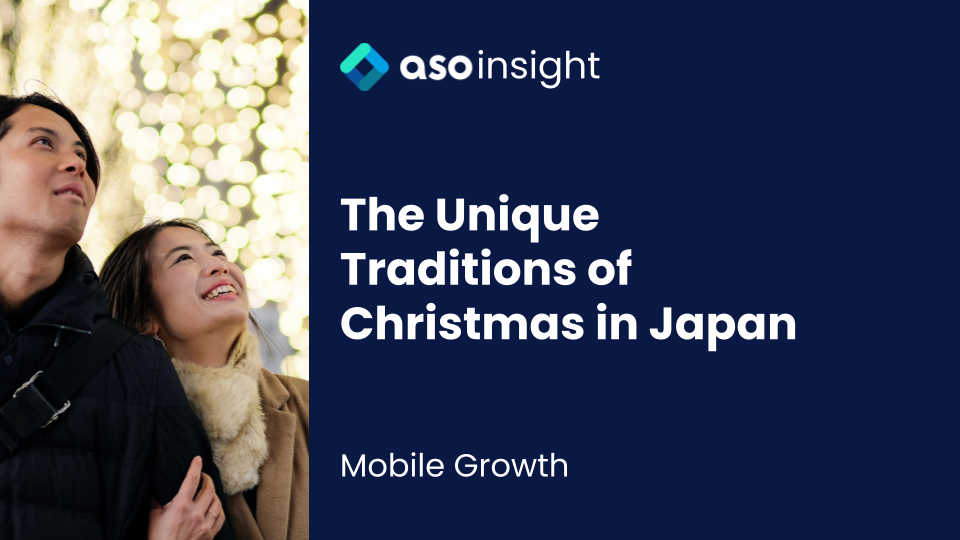Introduction
Known as ‘勤労感謝の日’ (Kinrō Kansha no Hi), Thanksgiving in Japan stands as a recognized national holiday. The focus of this day centers around worker appreciation, highlighting the exchange of gifts such as letters and cards as expressions of gratitude for their dedicated efforts and hard work. Distinguishing itself from the US Thanksgiving celebrated on the third Thursday of November, the Japanese observance consistently takes place on November 23 each year, regardless of the day of the week, maintaining its fixed date tradition. It is also widely called as “Labor Thanksgiving.”
In this section, we will explore the history of Thanksgiving in Japan, the differences between Japanese and Western Thanksgiving, and how this holiday is celebrated in Japan today.
In Japan, the roots of Thanksgiving trace back to the ancient Harvest Festival known as 新嘗祭 (Niinamesai), a tradition that revolved around the offering of freshly harvested rice to the gods. The ritual, dating back hundreds and even thousands of years, gained official recognition during the Meiji era (1868-1912), celebrated on November 23rd. Initially an event held to honor the fall harvest with elaborate rituals conducted by the Emperor and the Royal Court, the significance of Niinamesai evolved over time. After World War II, as Japan transitioned from an agricultural society, the festival transformed into Labour Thanksgiving Day, focusing on expressing gratitude and acknowledging the contributions of the hardworking populace. This change reflected the country’s shifting values and societal structure, emphasizing appreciation for labor and communal effort.
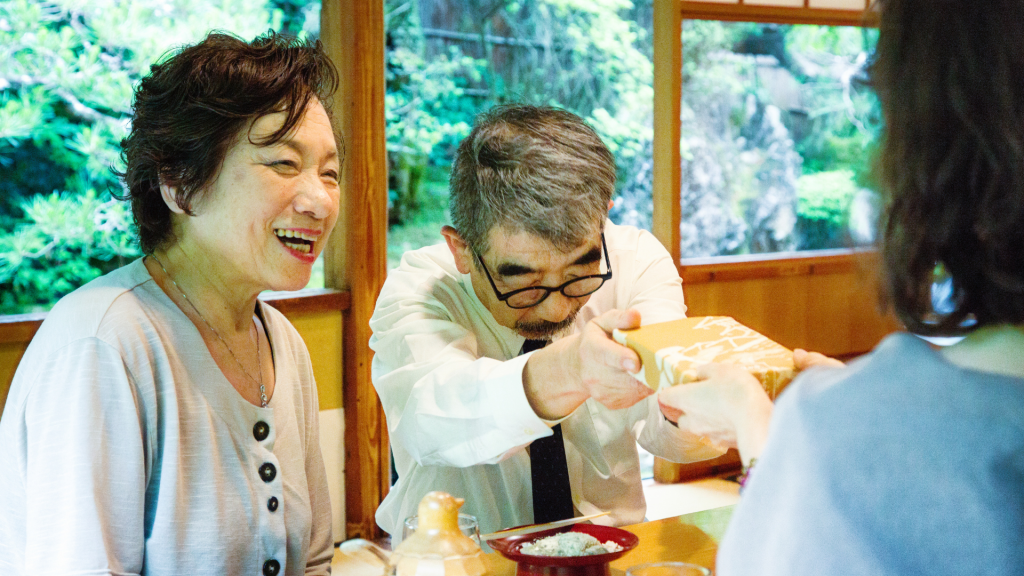
Japan vs Western Thanksgiving
Thanksgiving in Japan diverges significantly from its American counterpart, notably in its subdued nature and absence of vibrant festivities. In Japan, the holiday lacks the grandeur and bustling energy synonymous with Western celebrations. The absence of turkey, extravagant parades, massive feasts, and iconic sports events that characterize the American Thanksgiving contributes to a simpler and quieter national holiday. Labor Thanksgiving Day, while a recognized holiday, doesn’t prompt the widespread closure of businesses, with only governmental services taking a pause to honor the labor force. This tranquility stands in stark contrast to the lively and widely observed customs in the United States.
However, recent years have witnessed a noticeable shift influenced by Western culture within Japan. The growing expatriate population and cultural exchange have led to the adoption of more Westernized Thanksgiving traditions. A rising trend involves Japanese citizens hosting larger potluck gatherings, mirroring the communal essence of Western celebrations. These events see friends and families coming together to enjoy a fusion of traditional Japanese dishes alongside influences from Western cuisines. Moreover, in response to this evolving trend, certain restaurants in Tokyo have started offering Thanksgiving-themed meals, catering to the demand for a blend of Japanese and Western elements during this holiday season. This cultural exchange and the infusion of Western customs are gradually reshaping the once subdued landscape of Thanksgiving in Japan.
Japanese Thanksgiving Traditions
Recognition of Labor
Thanksgiving celebrations in Japan are marked by non-monetary expressions of gratitude, reflecting a culture of appreciation during this time. Children engage in creating heartfelt gifts and cards for essential labor sector workers such as police officers, firefighters, and hospital staff, acknowledging their devoted service throughout the year. Simultaneously, businesses take the opportunity to review accomplishments and recognize the hard work of their employees.

Ceremony in the Palace and Local Shrines
Niinamesai is a festival held on November 23rd every year at shrines all over Japan, but especially in the imperial palace. During the Niinamesai ceremony held in the Imperial Palace, a divine seat and an imperial seat are set up in the Shin-Kaden (Divine Kataden). There are two occasions, one at dusk and the other at daybreak, where offerings of divine food are presented to Amaterasu Omikami and Tenjin Chigi (all the gods). At this time, the Emperor himself offers a meal made from newly harvested crops and partakes of the new rice. The primary practice involves changing attire in the morning and offering another meal to the gods.
It is believed that only the Emperor can dine with the gods and by eating the new harvest together, it is said to grant new strength and promise abundance for the coming year. It’s important to note that general attendance or participation is not permitted.
Marketing Opportunities
The survey conducted by the Japan Marketing Research Organization revealed that a significant percentage, 66.11% of Japanese people, do not engage in any specific activities on Labor Thanksgiving Day. However, for those who plan to go out on this day, the top preferences include day trips (30.30%), dining out (45.39%), and shopping (21.80%), with a minor percentage opting for other activities (2.51%).
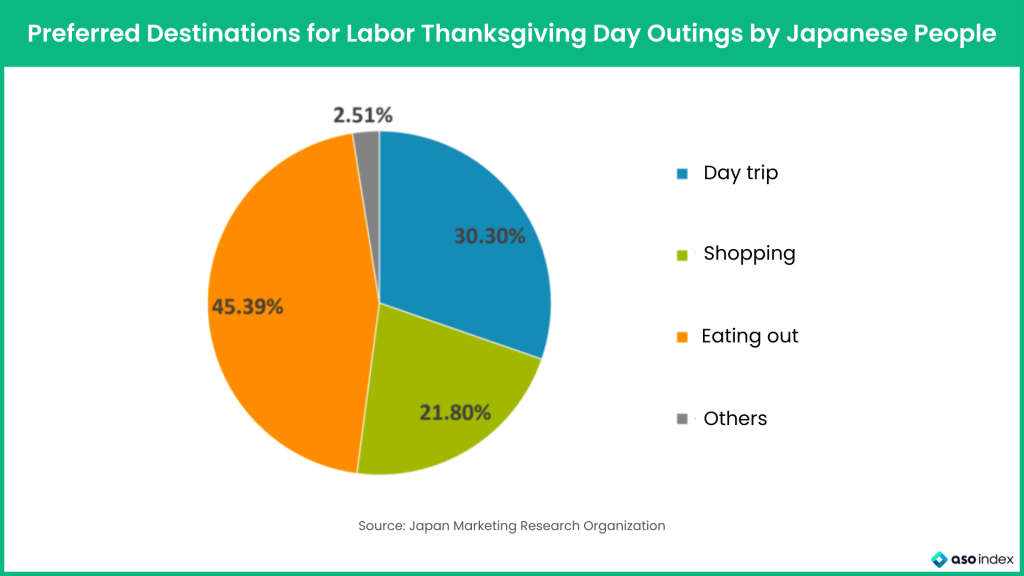
Survey Source: Japan Marketing Research Organization
For marketers, this presents several notable opportunities to capitalize on this holiday. Encouraging day-trip promotions, restaurant offers, and sales or discounts at retail outlets can be effective strategies. Creating attractive travel packages, special holiday menus at restaurants, or exclusive shopping deals could entice individuals to make the most of their day off during Labor Thanksgiving. Additionally, businesses could explore innovative ways to engage the remaining 33.89% by introducing new, unique activities or events to pique their interest and promote participation in the holiday celebration.

On a different note, above is an example of an app taking the Labor Thanksgiving Day in Japan as an opportunity to gain followers by giving presents during the Labor Thanksgiving Day. This is a very good marketing strategy as this holiday also is all about giving and appreciating.
Conclusion
In essence, ‘勤労感謝の日’ (Kinrō Kansha no Hi), the Japanese Thanksgiving, remains a significant national holiday primarily dedicated to honoring and appreciating the labor force. The day is distinguished by the exchange of heartfelt gestures of gratitude through gifts like letters and cards, showcasing recognition for hard work and dedication. It is something dear to Japanese Culture that marketers who are trying to enter Japan need to understand. However, the evolving nature of cultural customs and festivities is a reflection of society’s adaptability and dynamism. Recognizing and actively monitoring these changes is crucial for businesses to remain culturally relevant and engage effectively with their audiences in an ever-evolving cultural landscape.
If you want to know more about Japanese culture, read more of our insights here.


